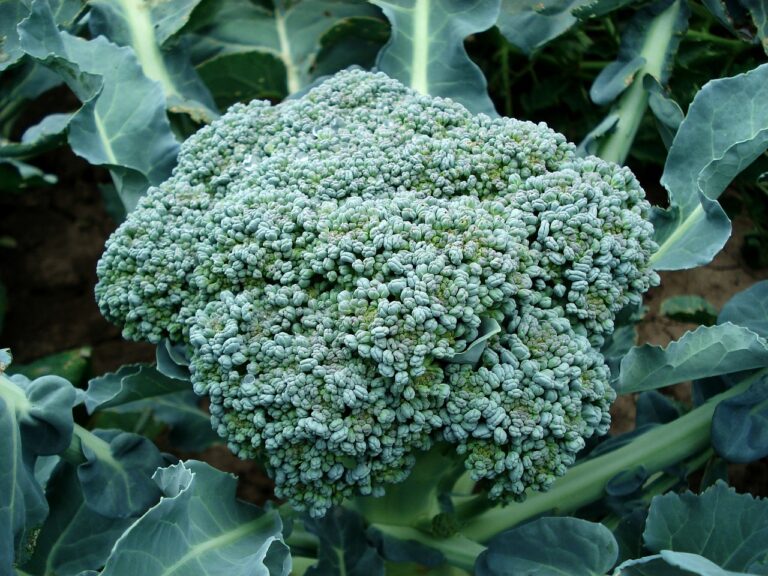Sustainable Agriculture: Regenerative Farming Practices
Conventional agriculture faces numerous challenges in today’s agricultural landscape. One major issue is the overreliance on chemical inputs such as pesticides and fertilizers. This can lead to soil degradation, water pollution, and harm to beneficial insects and wildlife. Additionally, the widespread monoculture practices in conventional agriculture can result in decreased biodiversity, making crops more vulnerable to pests and diseases.
Another challenge is the heavy machinery and equipment used in conventional farming, which can contribute to soil compaction and erosion. This can impact the soil’s ability to retain water and nutrients, ultimately affecting crop yields. Moreover, the reliance on fossil fuels for these machines also raises concerns about sustainability and environmental impact. Addressing these challenges in conventional agriculture is crucial for the future of food production and the health of our planet.
Benefits of Regenerative Farming
Regenerative farming practices offer a multitude of benefits to both the environment and farmers. By utilizing techniques such as crop rotation, cover cropping, and reduced tillage, regenerative farming helps improve soil health and increase its capacity to sequester carbon. This results in more resilient and productive farmland that is better equipped to withstand climate change and extreme weather events.
Moreover, regenerative farming promotes biodiversity by creating habitats for beneficial insects, birds, and microorganisms. This natural balance reduces the need for synthetic inputs like pesticides and fertilizers, ultimately leading to cost savings for farmers. Additionally, regenerative practices can help improve water quality by reducing runoff and soil erosion, making it a sustainable approach that supports long-term agricultural viability.
Improving Soil Health Through Regenerative Practices
Regenerative farming practices offer a promising solution to the challenges posed by conventional agriculture. By focusing on building healthy soil ecosystems, regenerative agriculture aims to improve soil health and overall farm resilience. Techniques such as cover cropping, crop rotation, and reduced tillage help to replenish soil nutrients and enhance its capacity to retain water, essential for sustainable farming practices.
One of the key benefits of regenerative farming is its ability to sequester carbon from the atmosphere and store it in the soil. This not only helps mitigate climate change by reducing greenhouse gas emissions but also improves soil fertility and structure. By mimicking natural systems and promoting biodiversity, regenerative practices create a more robust and productive agricultural system that is better equipped to withstand environmental challenges.
• Regenerative farming practices focus on building healthy soil ecosystems
• Techniques such as cover cropping, crop rotation, and reduced tillage help replenish soil nutrients
• Improved soil health leads to enhanced water retention capacity for sustainable farming practices
• Sequestering carbon from the atmosphere and storing it in the soil helps mitigate climate change
• Promoting biodiversity creates a more robust and productive agricultural system
What are some challenges in conventional agriculture?
Some challenges in conventional agriculture include soil degradation, loss of biodiversity, and reliance on chemical inputs.
What are the benefits of regenerative farming?
Regenerative farming practices help improve soil health, increase biodiversity, and reduce the need for synthetic inputs. It also helps sequester carbon and improve water retention in the soil.
How can regenerative practices improve soil health?
Regenerative practices like cover cropping, crop rotation, and no-till farming help improve soil structure, increase organic matter content, and promote beneficial microbial activity in the soil.
Can regenerative farming practices be implemented on a large scale?
Yes, regenerative farming practices can be scaled up to large agricultural operations by incorporating techniques like agroforestry, rotational grazing, and conservation tillage.
Are there any financial benefits to adopting regenerative farming practices?
Yes, regenerative farming practices can lead to reduced input costs, increased crop yields, and improved long-term soil health, which can result in higher profits for farmers in the long run.







